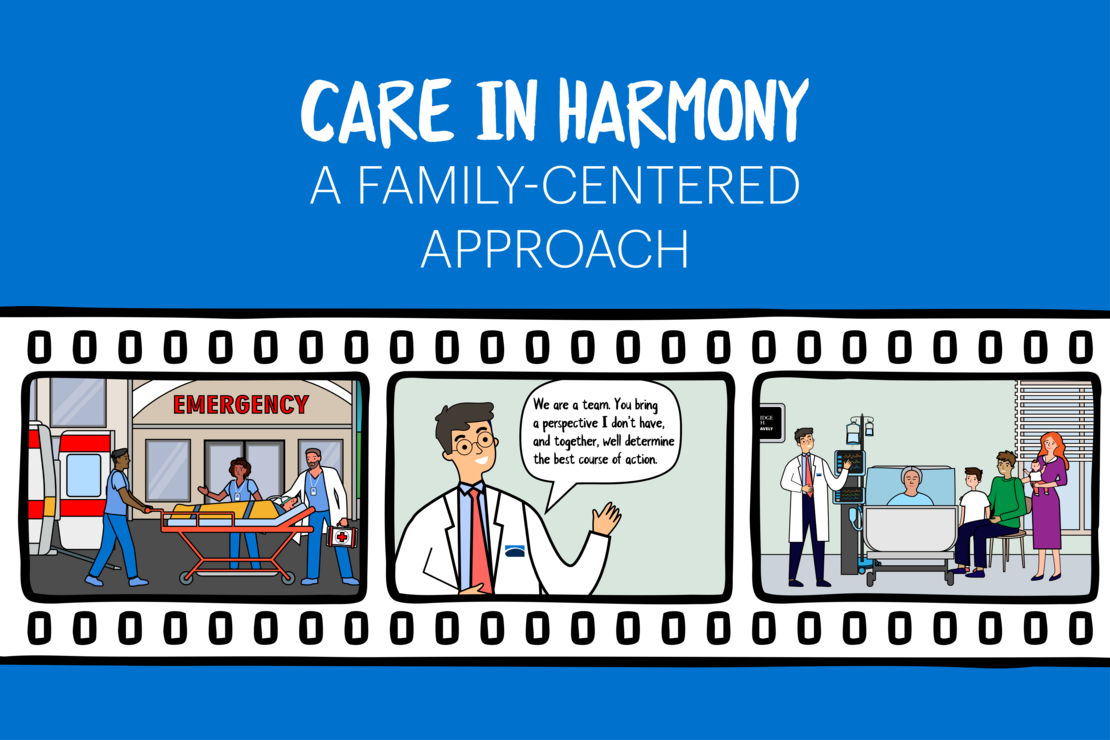Care in Harmony: A Family-Centered Approach

In the emergency department, every second counts. Providers work quickly to assess conditions, make decisions and take action. But exceptional care isn’t just about speed. It’s about knowing when to slow down, listen and bring families into the conversation.
When a patient arrived at Sinai Hospital’s emergency department by ambulance, Shawn Tuttle, MD, made sure her care wasn’t just timely but thoughtful. His priority was providing the best possible treatment while ensuring his patient and her family understood each step. He explained her condition clearly, pausing to check for questions and making sure they felt informed and reassured.
Even as he managed other urgent cases, Dr. Tuttle remained present. Twice, he was called away for emergencies, but before stepping out, he took a moment to explain why. He even broke down the codes summoning him in a way his patient could understand, ensuring she never felt overlooked.
When it was time to discuss a treatment plan, Dr. Tuttle didn’t just present his decision—he asked for input. After listening to the family’s concerns, he adjusted the plan, reinforcing that their perspective mattered. His words left a lasting impression.
“We are a team. You have a perspective that I don’t have because I’m just meeting your mom for this moment in time. I like to take a patient- and family-centered approach to care and partner with you to determine the best course of action.”
For the patient’s family, it was unlike any emergency care experience they had ever had. “We really felt as though we were a priority, and my mom said she felt as though she was his only patient,” her child shared.
At LifeBridge Health, our providers know when to step on the gas and when to hit the brakes. They act fast in critical moments but slow down when patients and families need to be heard—because collaboration is just as important as quick thinking. That balance is what makes great care possible.